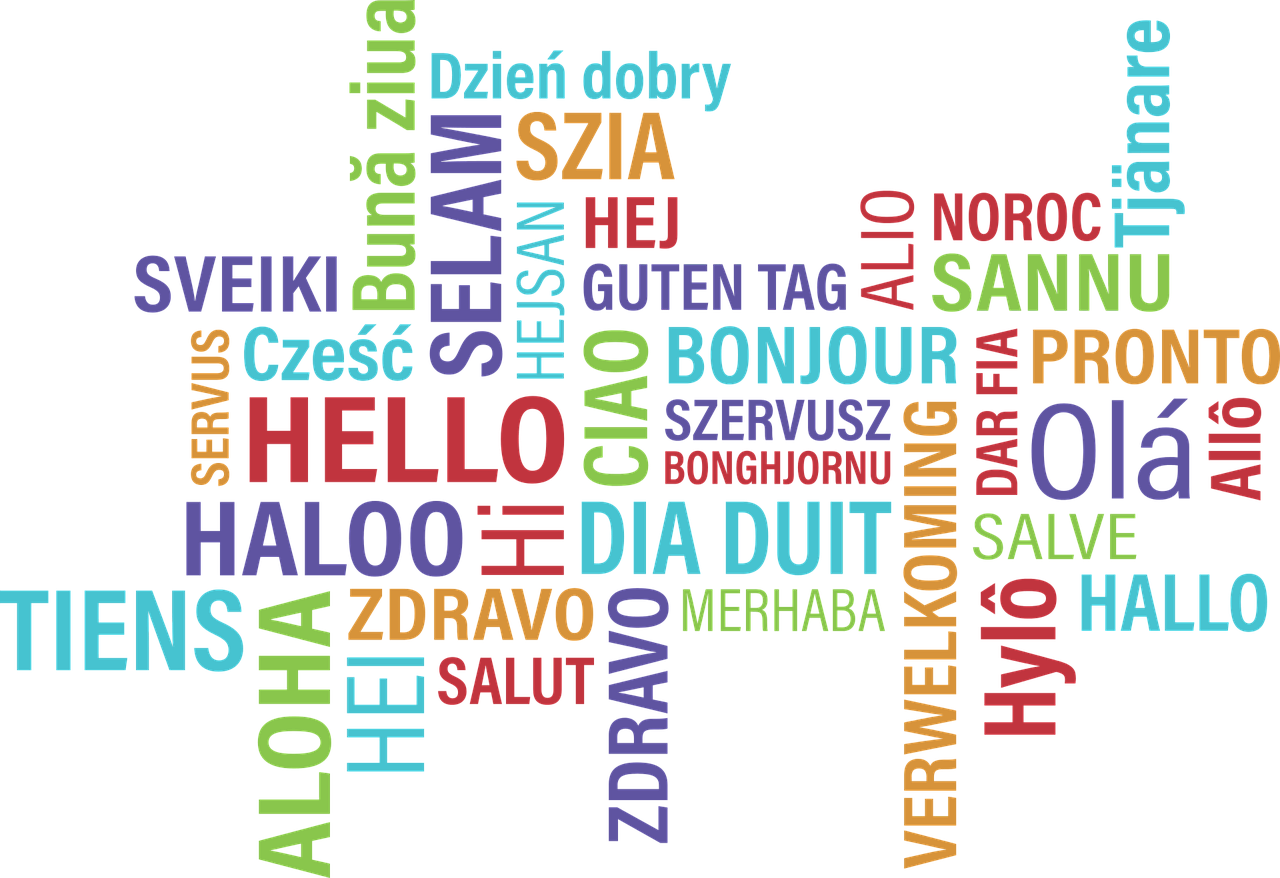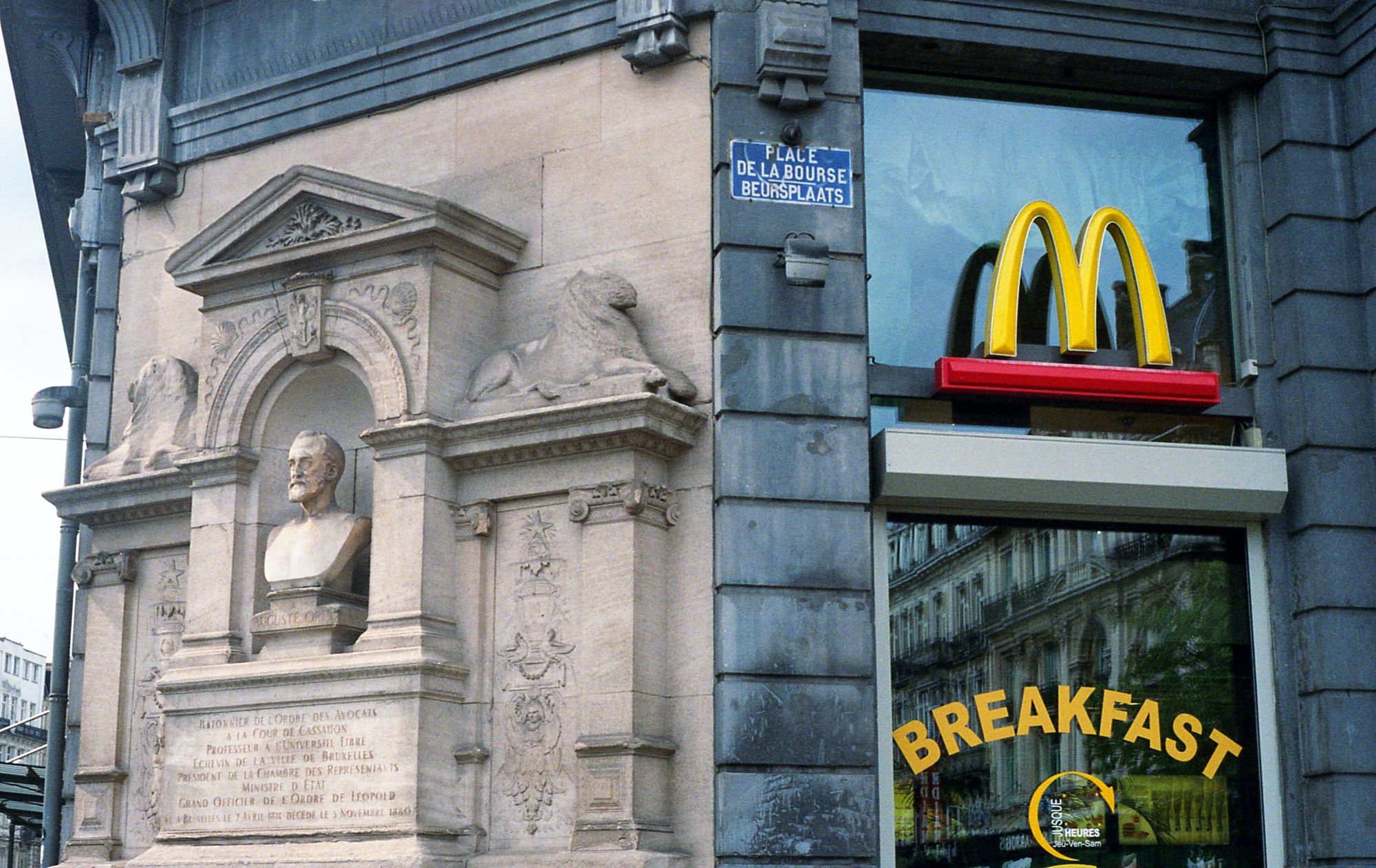Bienvenidos! Bienvenue! Willkommen! Multilingual content is becoming a must if you're thinking of going global. Executed effectively, it can put a stop to those messaging mishaps, add an element of inclusivity to your brand and expand reach.
It's hard to think of a more global brand than McDonald's. But when it came to their famous slogan 'I'm lovin' it', they kept it local, adapting it into more than 20 different languages, from 'C'est tout ce que j'aime' in French and 'Me encanta' in Spanish to 'Amo muito tudo isso' in Portuguese. It's also why in Germany, you can order a beer with your Big Mac; in Japan, you can end your meal with green tea ice cream; and in Switzerland, you can chow down on a McRaclette.

A world of difference
The lesson from McDonald's is clear. The golden arches can crisscross the world with abandon, but they don't have to go global as a standardised entity. Instead, everything from branding messages and advertising campaigns to menu choices and website design can be adapted to suit the audience. Fast forward to now, and increasing numbers of brands are seeing the significance of this level of localisation, particularly when it comes to multilingual content.
Coca-Cola has a mammoth 200 website domains, with local language versions adjusted to the audience. Netflix tailors its watchable content based on its viewers' geolocation. And Airbnb hires local photographers and content creators to ensure they are suitably localised. For these brands and others, it's clear that home-grown often beats homogeneity.
On the same page
Sure, the internet has made the world smaller, but it's just as big when it comes to content. Surveys suggest that over 70% of consumers prefer to buy online in their mother tongue, meaning multilingual copy is critical to spreading your message wide. By engaging with customers in their native language, brands can further their reach, expand into new markets and effectively establish themselves globally. Simply put: if you want an international audience, you must speak their language.
When in Rome...
It comes down to more than translation, however. Content may be king but context is everything. Every country or region has its own language, culture and eccentricities, and this has to be reflected if the content is to succeed there. From Ikea's Fartfull workbench named after the Swedish for full speed to translating the famous 'Got Milk?' into Spanish as 'Tienes leche?' or 'Are you lactating?', the history books are littered with language fails that could have been avoided with the right help at hand.
Reinventing copy creatively to suit its market helps dodge these messaging mishaps. So, if we return briefly to McDonald's, rather than opting for a literal translation of 'I'm lovin' it', the brand’s decision to customise the slogan to suit different regions and languages avoided any embarrassing slips of the tongue.

We speak your language
So why do it? In a globalised world, where everything is just a click away, connection matters, and that's where localised multilingual content hits home in a unique way. Wherever they are in the world, you can build trust, credibility and connection with your audience. You can speak directly to them in a way that makes them feel understood. You can demonstrate your brand's commitment to inclusivity and cultural diversity. You can improve satisfaction, build stronger relationships, and boost your international SEO ranking.
In fact, forget lost in translation; you'll be found with properly implemented multilingual content.
Interested? Let's chat.






